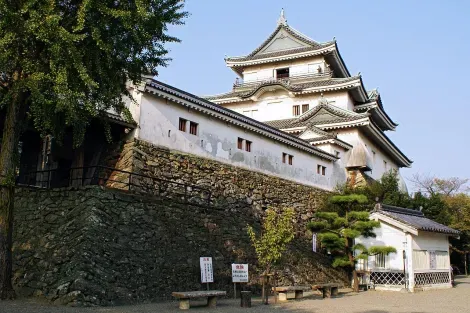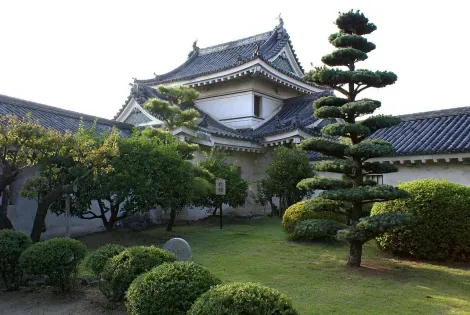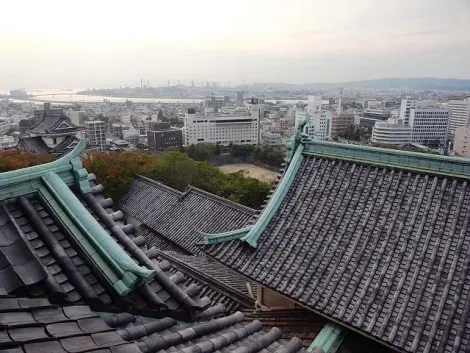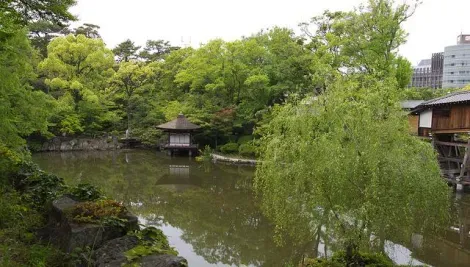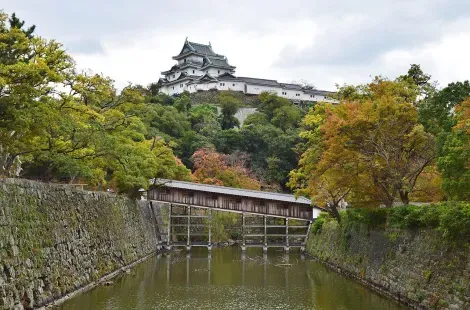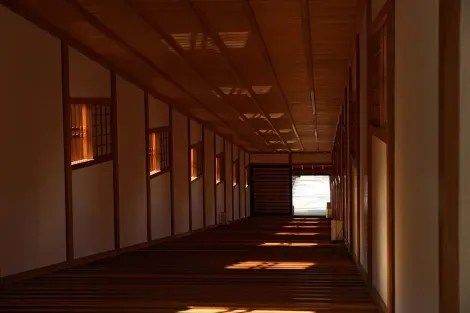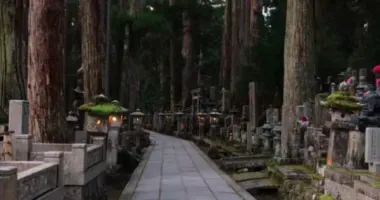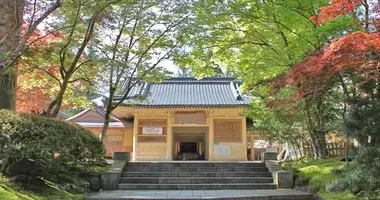Wakayama Castle 和歌山城
- Published on : 13/12/2018
- by : J.R.
- Youtube
The white castle
Wakayama Castle, a true symbol of the city, is a historic site not to be missed if you are passing through the region. Its tower offers a panoramic view, without forgetting its 600 cherry trees and its splendid gardens.
While in Wakayama, capital of the prefecture of the same name, we advise you to visit the city's castle, which is also its emblem. Japanese castles and their impressive tiered dungeons are indeed among the most beautiful visits to be made in Japan.
A historical place
Wakayama Castle was originally built in 1585 by order of Hideyoshi Toyotomi, one of the 3 unifiers of Japan . In 1600, after the great battle of Sekigahara, he returned to the Tokugawa clan , a powerful family that ruled the country for much of the Edo period . This period, extending from 1603 to 1868, is also sometimes called the "Tokugawa Period". The castle was notably the site of a historic battle in 1615 between the Tokugawa clan and the army of Hideyoshi Toyotomi. At the end of the Edo period, the castle was opened to the public, then during the Meiji period (1868-1912), it was transformed into a park.
To read: 5 Japanese historical figures
The original castle was unfortunately destroyed by bombardment during the Second World War . It was rebuilt identically in 1958 , however with some modern materials such as concrete.
The castle has a keep rising to three floors and also has two beautiful gates, including the Okaguchi gate, which is listed as a Japanese cultural heritage. It is indeed the only period structure.
It is also one of only three castles in Japan with covered connections between the towers ( kotenshu ) at each corner and the keep. The other two castles with this same type of architecture (called renritsu-shiki ) are the famous Himeji Castle and Matsuyama Castle .
The castle tower
The main point of interest of the castle lies in its keep , accessible with an entrance ticket at 410 yen (3€40). In the rooms, you will have the opportunity to admire period armor and weapons. From above, you can admire the roofs of the castle, as well as the rectangular courtyard and its cherry trees , which are splendid when they are in bloom during the spring. Once at the top, the panoramic view of the city is undoubtedly also worth the detour!
Around the castle
In addition to visiting the different areas of the castle, you will have access to a beautiful Japanese-style garden, the Nishinomaru-Teien, also called Momijidani (a nickname meaning "Valley of Maple Leaves"). The latter was created at the beginning of the Edo period, and designated as a "Place of scenic beauty" in 1985. A hundred cherry trees are scattered there, as well as maples. The place is thus a strategic place to admire the colors of the trees if you are passing through Wakayama during the hanami or the kôyô . You will also find a tea house there where you can enjoy a green tea accompanied by a pastry for 460 yen (3€60).
To discover: Kyoto, 5 places to admire the autumn leaves
During your walk, you will see from afar the covered bridge , built entirely of wood and having an unusual angle of inclination of 11°. The latter was used by the Shoguns residing in the castle to move around without being seen, as well as to avoid bad weather. You can of course cross it too (by removing your shoes beforehand).
Finally, the enclosure of the castle also includes a small zoo , the entrance to which is free, sheltering mammals and birds.
If you visit the castle in summer, it benefits from extended hours from July 20 to August 31 and remains open until 8 p.m.
Address, timetable & access
Address
Phone
+81 73-422-8979Timetable
Take the Wakayama Bus from JR Wakayama Station and get off at "Koen-mae" stopPrice
Adult: 410 yen (3€20) Child: 200 yen (1€50)Access
Open daily from 9 a.m. to 5:30 p.m.Website
https://fr.visitwakayama.jp/venues/venue_8/




